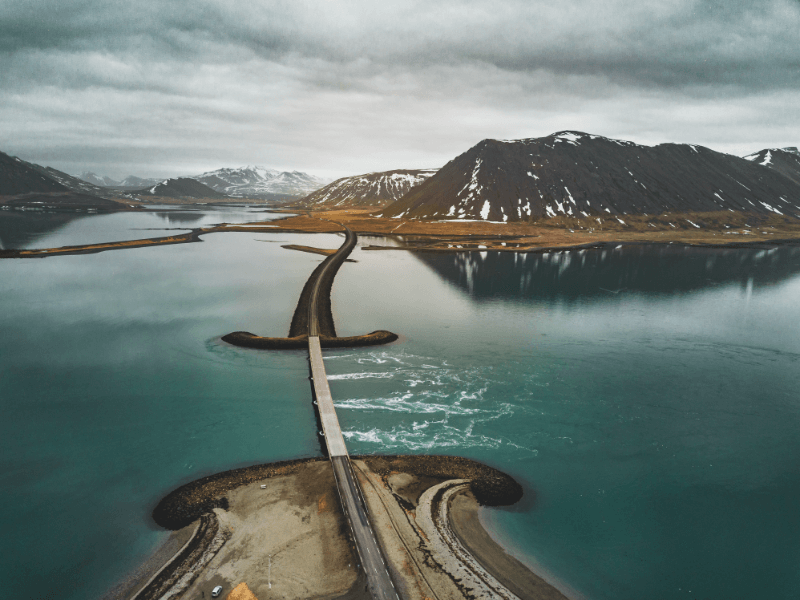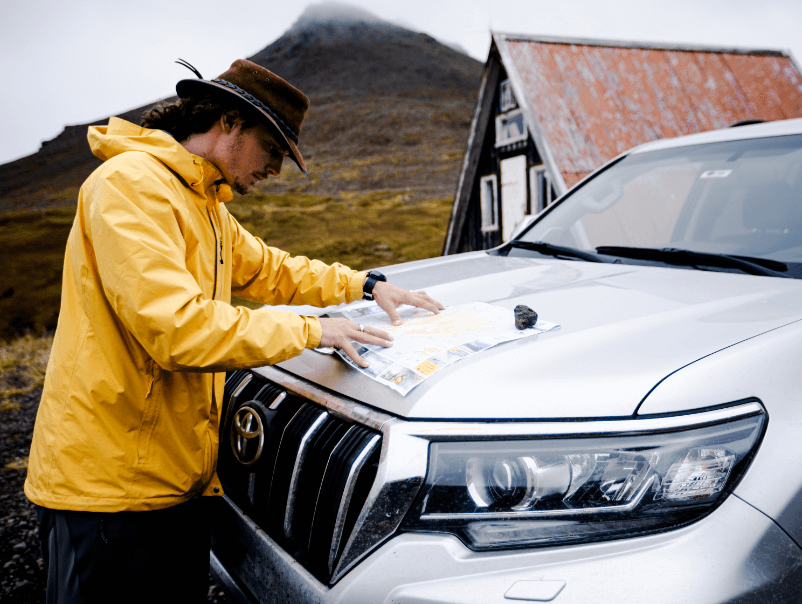Imagine Iceland, a land where fire meets ice, long before the buzz of modern life. Who wandered these vast, mysterious landscapes? What secrets are whispered by the wind across the volcanic plains and icy fjords?
Enter the world of the Iceland Vikings, fearless explorers and settlers who left an indelible mark on this land. With our intimate knowledge of Iceland, we're diving deep into the heart of its Viking Age, uncovering how these formidable warriors not only found their way to Iceland but also how they sculpted its society, culture, and very essence.
Join us as we explore the profound impact of the Vikings on Iceland, revealing stories that shaped an island at the edge of the world.
Who Lived in Iceland Before the Vikings
Before Vikings hoisted their sails towards Iceland, it was the Irish monks, known as the Papar, who found solace in its remote tranquility. Early tales whisper of these spiritual wanderers leaving, with their reasons shrouded in the mists of time and speculation.
Ah, the stories from those days! Yet, we've got to take them with a grain of salt, according to the Icelandic Web of Science, as they were penned centuries after the monks' supposed sojourn. It's the silent stones and buried artifacts that shout the truth of their presence, not the later scribes. The Íslendingabók gives us a nod towards these early settlers, but remember, it's like hearing a tale from a friend of a friend—interesting but a bit foggy. And Dicuil?
His musings on holy men up north could well hint at our Papar friends, teasing us with the idea of a Celtic footprint stretching even to Iceland. As we unearth more, connecting dots from Orkney to Shetland and ponder over place names whispering of the Papar, we're left piecing together a puzzle with half the pieces missing.
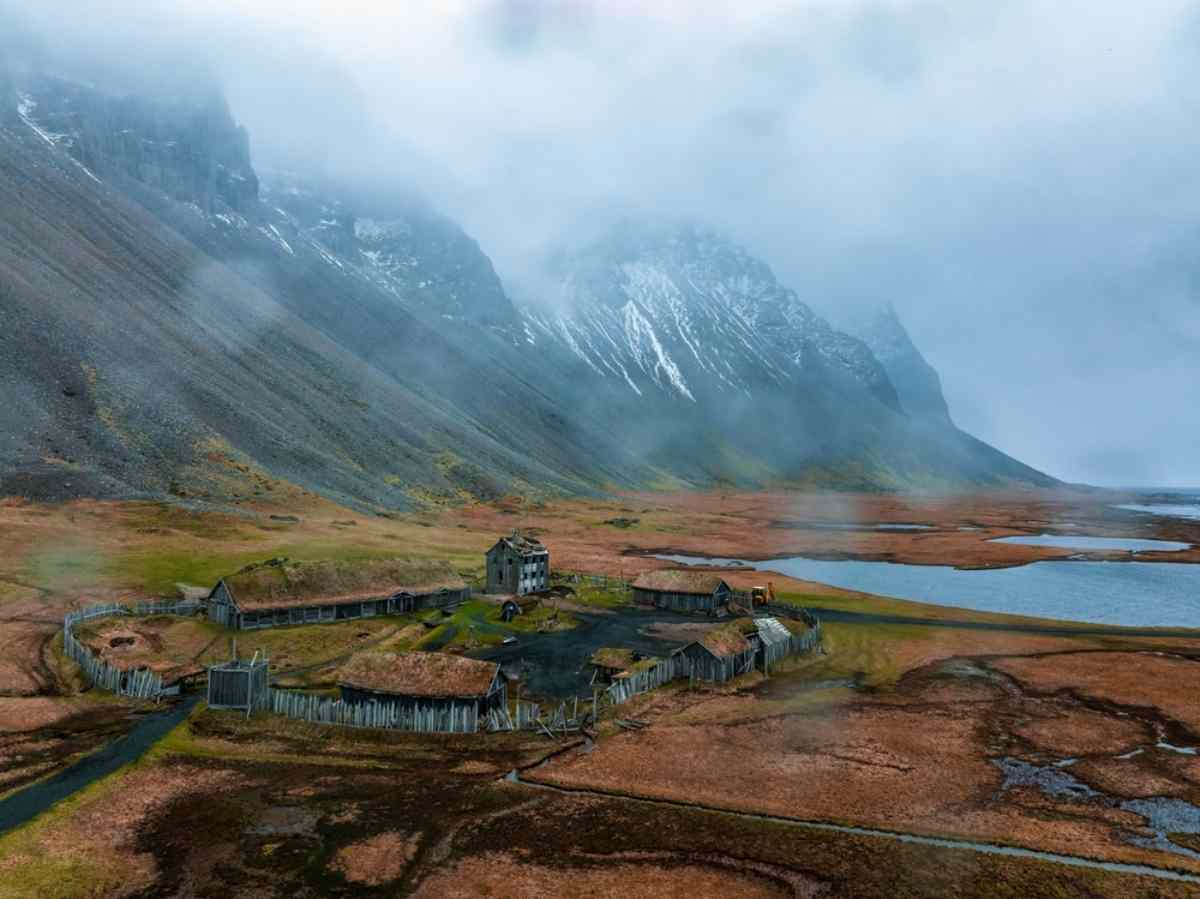
The Settlement of Vikings in Iceland
Before we dive into the fascinating arrival of the Vikings, let's paint the backdrop. Picture this: the late 8th to the late 11th century, a canvas rich with stories of daring voyages and conquests. Welcome to the Viking Age, a pivotal chapter that reshaped history, particularly for the then-unchartered territory of Iceland.
You might find the Vikings' motives for leaving Scandinavia eerily familiar – overcrowded living conditions, never-ending political disputes, and less-than-ideal farming land. Sounds a bit like the challenges of modern living, doesn't it? However, instead of scrolling through real estate apps, these intrepid Norse explorers set their sights on discovering new frontiers.
And so, Iceland entered the Viking narrative. But before Ingólfr Arnarson became a household name as the first permanent Viking settler in Iceland around AD 874, there was another adventurer who dipped his toes into Icelandic waters. Naddodd, a Viking through and through, made landfall on the east coast around 830 CE, setting up camp at what's now known as Reyðarfjörður. Though Naddodd's stay was brief – a year to be exact – before he returned to Norway, his venture laid the groundwork for those who followed.
Unearthing the Viking Presence: Recent Archaeological Insights
Recent archaeological digs across Iceland have unearthed significant insights into the lives of the early Viking settlers, offering fresh perspectives on their settlement patterns, technology, and daily routines.
For example, excavations at sites like Hólmr in Reykjavík and Stöð in Stöðvarfjörður have revealed intricately constructed longhouses and artifacts that showcase the Vikings' advanced seafaring technology and craftsmanship.
These findings help us visualize not just the homes they built but also the sophisticated tools and domestic implements they used, shedding light on a society that was both resilient and innovative. The recent discoveries also underscore the Vikings' skill in navigating diverse and challenging landscapes, adapting their techniques to suit the harsh Icelandic environment.
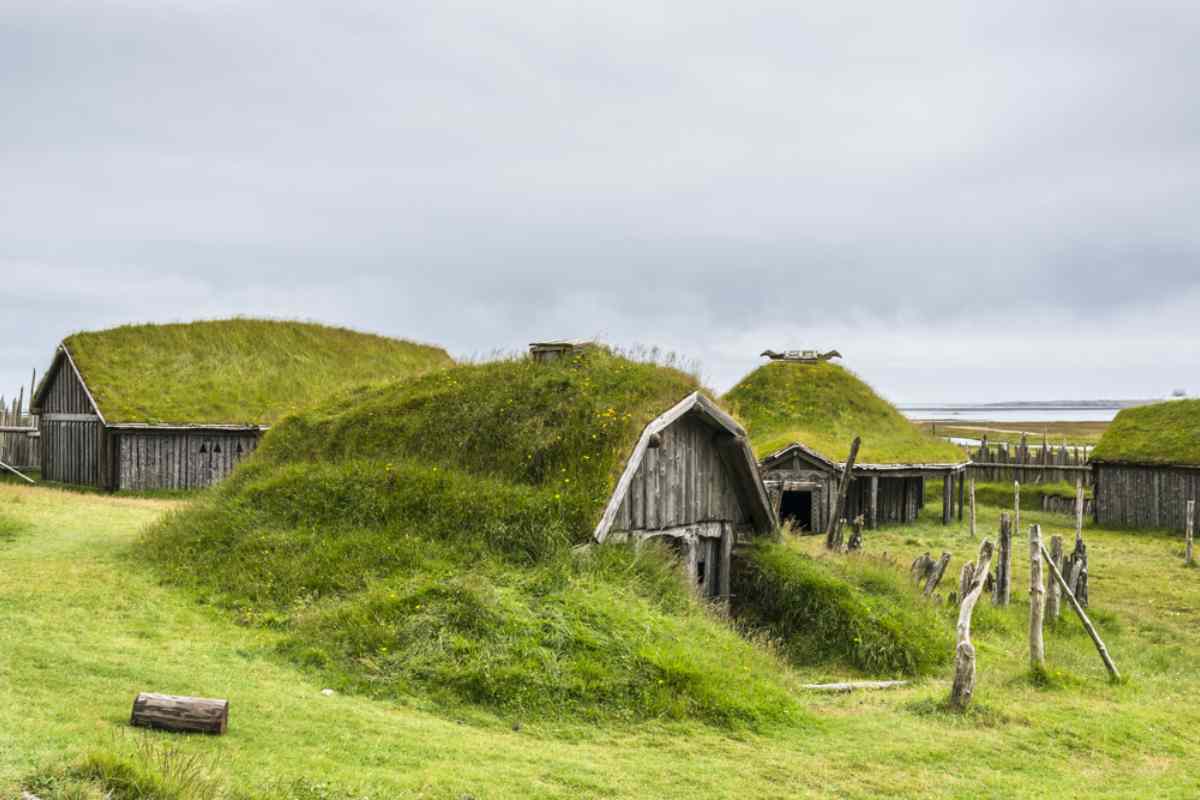
Genetic Threads Linking Past to Present
Adding an intriguing layer to our historical understanding are genetic studies that trace the lineage of modern Icelanders back to their Viking ancestors. A landmark study conducted by deCODE Genetics in Reykjavík has found that a significant portion of today's Icelandic population can trace their ancestry directly to these early settlers, illustrating a tangible, unbroken link through centuries.
These genetic insights not only reinforce the connection between contemporary Icelanders and their historic forebears but also highlight how the legacy of the Vikings is woven into the very DNA of the nation. This blending of ancient heritage with modern science enriches our appreciation of how deeply the Vikings are embedded in the Icelandic identity.
Famous Icelandic Vikings and Their Legacy
Now, you might be thinking, 'Who are some of these famous Icelandic Vikings that left such an indelible mark on history?' Well, strap in because we're about to drop some names that not only sound like they're straight out of a saga but also live lives that read epic novels.
Erik the Red
Now, if we're chatting about famous Icelandic Vikings, you can't skip over Erik the Red. And no, he didn't get his nickname from his love of crimson clothes. This guy had a mane and beard as fiery as his temper, making 'Erik the Red' a fitting moniker. Born in Norway, he moved to Iceland during his childhood after his dad got the boot for a murder charge. Talk about a tough family lineage!
In Iceland, Erik didn't exactly mellow out. He settled down, sure, married Tjodhilde, and started a family. But his fierce nature eventually led to his own exile after a few too many altercations. What did Erik do with his time in exile? Well, in 982, he didn't just sit around moping. He set off westward in search of new territories and stumbled upon a land with welcoming fjords and lush valleys. Spoiler alert: He named it Greenland.
Not just for its verdant landscapes but to entice others to join him in this new fertile land. After spending three years exploring, he hightailed it back to Iceland, not just with tales of his adventure but with a sales pitch for Greenland. He promoted it as the place to be for farming, fishing, and seal hunting. Just imagine the persuasive power this guy must have had, right?
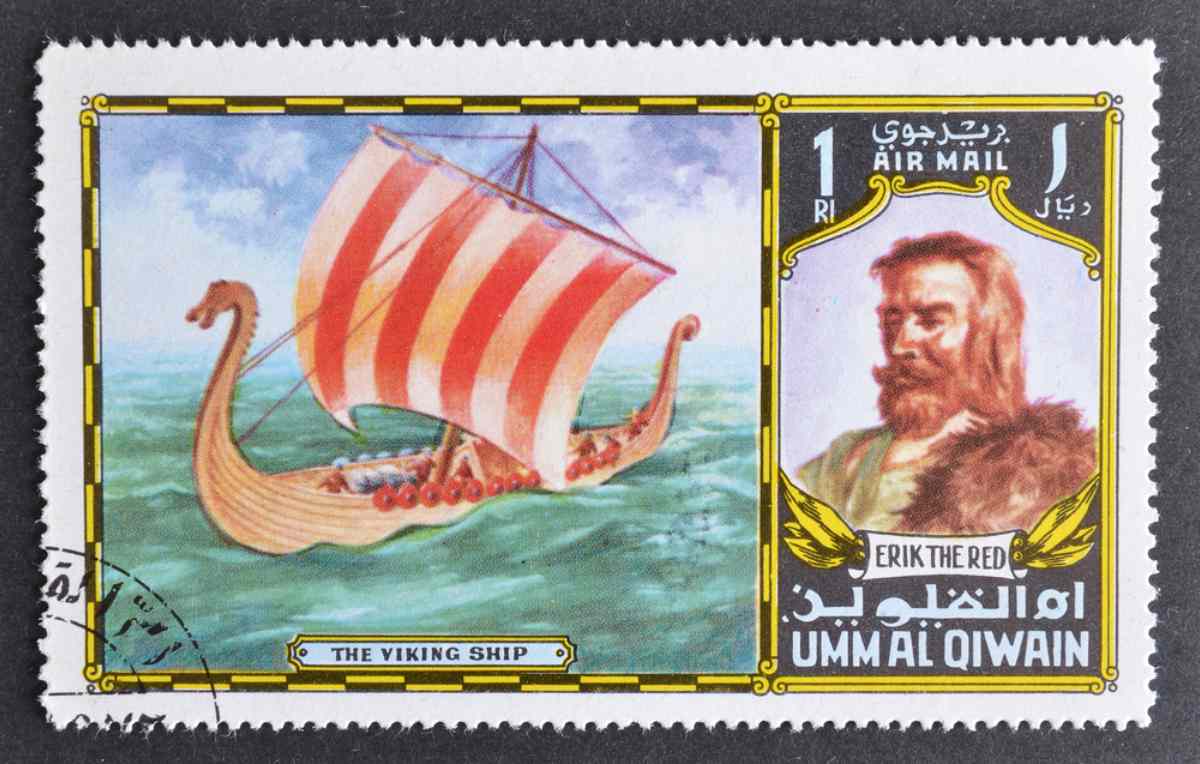
Leif Erikson
Leif Erikson, known affectionately as 'Leif the Lucky,' truly captures the spirit of Viking exploration beyond the icy shores of Iceland. Born sometime in the 970s, likely in Iceland, as the son of Erik the Red, Leif had exploration in his veins. He stepped into the spotlight of history by potentially being the first European to set foot on continental America, almost 500 years before Columbus even had the idea.
The sagas, our window into the Viking soul, sing of his adventures to Vinland, a place we now associate with the North American coast, thanks to archaeological finds like those at L'Anse aux Meadows in Newfoundland, Canada. This site, dating back a millennium, supports the saga tales of Leif's North American ventures.
After his father's death, Leif didn't just sit back; he took up the mantle as Greenland's chief, proving his leadership and continuing the legacy as a legendary Viking in Iceland and beyond. His adventures didn't just end with him; his sons, Thorgils and Thorkell, carried on his legacy, marking the Erikson lineage as pivotal in the Norse saga of exploration.
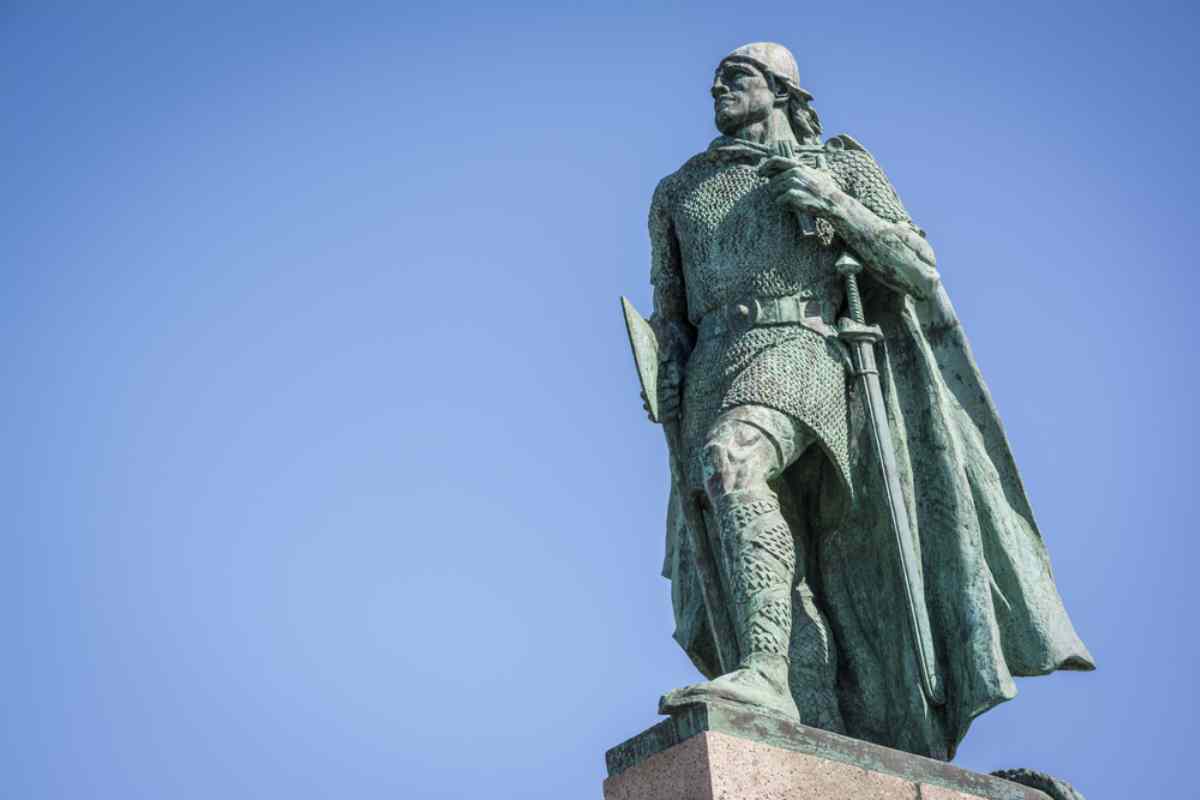
Ingolfur Arnarson
Now, pivot your attention to Ingólfr Arnarson; truly, he's a heavyweight name when we talk about famous Icelandic Vikings. His daring move laid the foundation for what we now know as Reykjavík. Picture this: back in 874, Ingólfr and his wife, Hallveig Fródadóttir, left Norway behind, not just for the thrill of it but seeking peace away from feuds back home.
They set their sights on Iceland, a land ripe for the taking. Reykjavík, or 'smoking bay,' got its name from the steam rising from its hot springs, marking the start of Icelandic colonization. But here's the twist: Arnarson didn't just pick a spot and call it a day. Oh no, he went full Viking, casting his high chieftain's pillars into the sea, letting the gods guide him to where they landed.
This divine scavenger hunt, led by his trusty Celtic slaves, took three years before the pillars were finally discovered, declaring Reykjavík the chosen spot. Fast forward to today, Reykjavík is the beating heart of Iceland, culturally and governmentally, all thanks to the adventurous spirit and a little divine nudge that Ingólfr Arnarson brought to its shores.
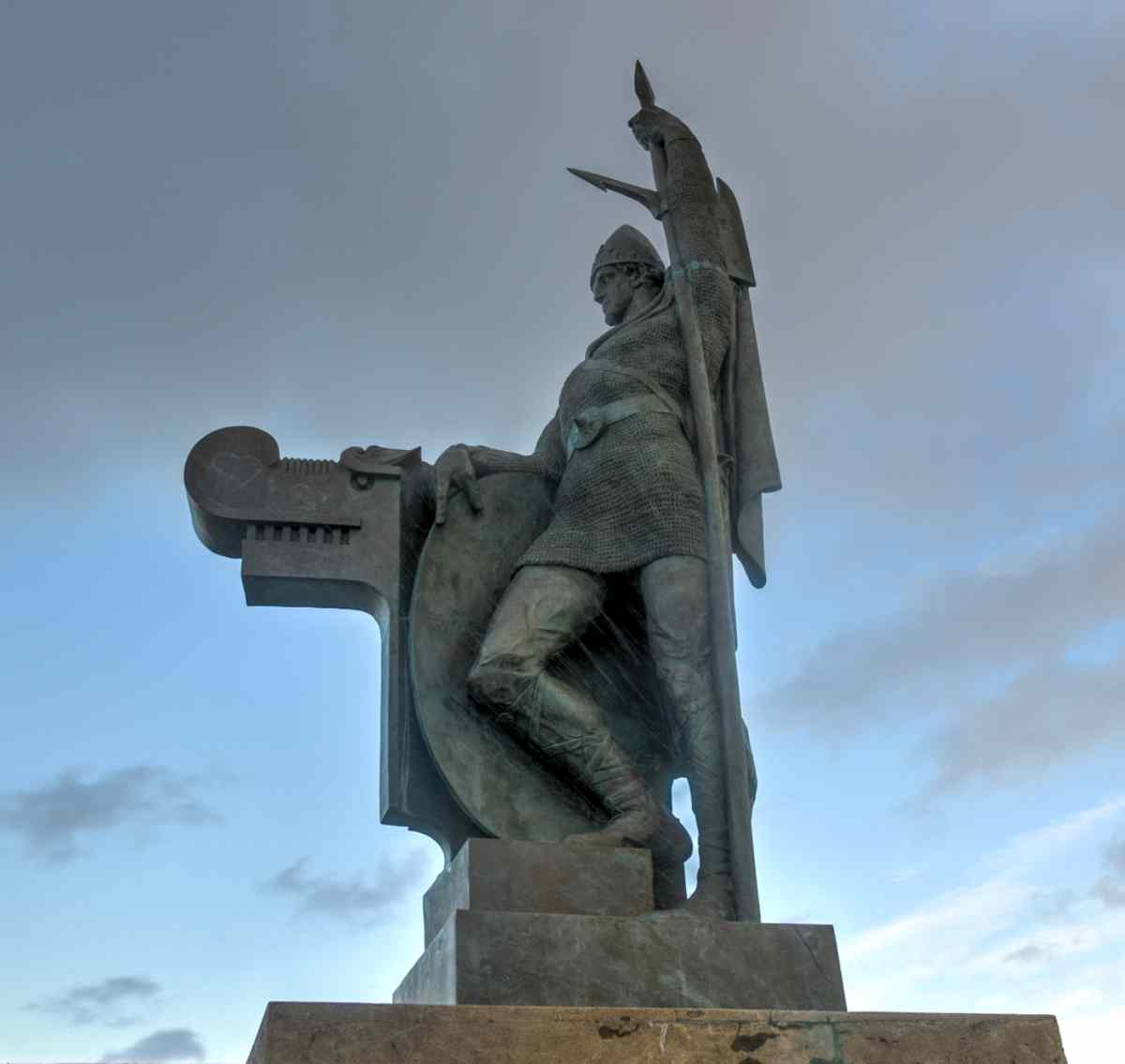
The Norse Gods of The Icelandic Vikings
Alright, diving into the Norse gods worshipped by the Icelandic Vikings brings us face-to-face with a pantheon as rugged and fascinating as Iceland's own landscapes. These gods and goddesses, central to Norse mythology, played a pivotal role in the daily lives of the Vikings, guiding their decisions, celebrations, and even battles. Here's a rundown of some key Nordic figures:
Odin, The Allfather
Odin stands as the CEO of Norse gods, overseeing war, death, poetry, and wisdom. Picture him ruling over nine distinct realms from his Asgardian palace, embodying sacrifice and an insatiable hunger for knowledge. His dedication? Legendary, sacrificing an eye for a drop of wisdom!
Thor, The Thunder God
Thor is the Icelandic Viking equivalent of a superhero, swinging his enchanted hammer, Mjölnir, to protect humanity and maintain cosmic order. His strength isn't just muscle; it's amplified by his magical belt, Megingjörð. Celebrated in thunderstorms and named in days of the week, Thor's legacy is as striking as his lightning.
Loki, The Shapeshifting God of Mischief
Loki, the master of disguise and tricks, spices up the Aesir family as Odin's adopted son. His giant lineage doesn't stop him from becoming a central figure in Norse myths, playing a role that oscillates between chaos creator and unexpected ally, especially in the lead-up to the cataclysmic Ragnarök.
Baldur, The Shining God
The saga of Baldur reads like a Norse tragedy, marked by his untouchable status save for one loophole: mistletoe. His story intertwines beauty with betrayal, highlighting the lengths to which gods and giants would go, spurred on by Loki's cunning, to weave the tapestry of their destinies.
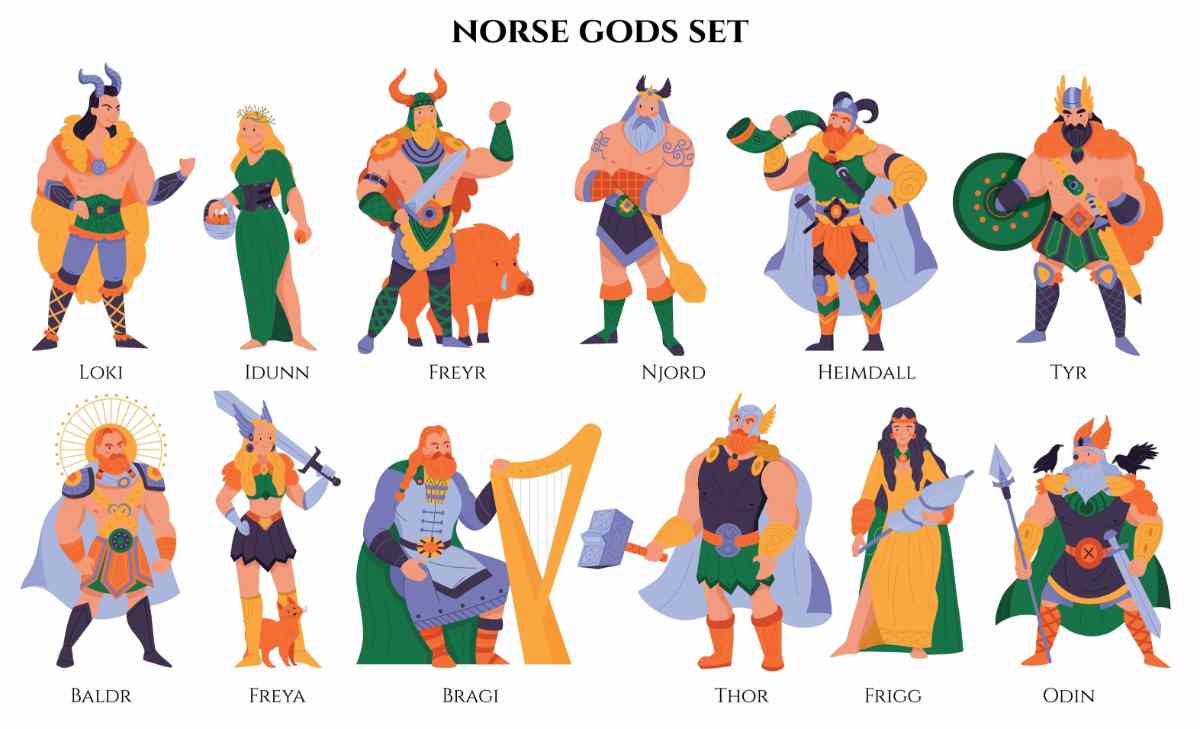
Frigg, The Protective Goddess
Frigg stands as the revered goddess of love, marriage, and motherhood in Norse mythology, holding a pivotal role as Odin's consort. Her marriage to Odin melds power with wisdom, portraying a divine partnership like no other. Frigg's essence is intertwined with nature and the earth, yet she's known to exhibit a fiery temper when crossed. Notably, she once exiled Odin from their home, showcasing her formidable will.
Heimdall, The Watchman God
Heimdall, the ever-vigilant guardian of Asgard, is gifted with senses beyond mortal comprehension. He's on par with Thor in terms of strength and stands as a symbol of protection against enemies and the forces of chaos. His role as the watchman also means he's the first to warn of impending doom or trouble, making him a crucial figure in Norse mythology.
The Legacy of Vikings in Modern Iceland
Jumping from the mythical realm to the real world, the Vikings weren't just about gods and conquests. They laid down some fundamental aspects that are still seen in modern Icelandic society. Here's a glimpse into that lasting legacy:
- Lawmaking (Alþingi): Established around AD 930, the Alþingi is considered one of the world's oldest surviving parliaments, showcasing the Vikings' sophisticated approach to governance and communal decision-making.
- Genetics: You might be wondering whether all Icelanders are Vikings. Well, the majority of Icelanders can trace their ancestry back to Viking settlers, with some even claiming to have direct links to famous Vikings such as Erik the Red and Leif Erikson.
- Language and Culture: The Icelandic language is heavily influenced by Old Norse, the language spoken by Vikings. Additionally, many aspects of Icelandic culture, such as storytelling, poetry, and traditional music, have roots in Viking traditions.
- Pride in Heritage: Icelanders take great pride in their Viking ancestry, incorporating elements of Viking culture into modern life. For example, many Icelandic names come from Old Norse words and are still used today.
- Preservation of History: The Sagas, a collection of 40 tales written in the 13th century, are a significant part of Icelandic culture and provide insight into Viking society. Icelanders also take great care to preserve ancient Viking sites and artifacts, showcasing their respect for their heritage.
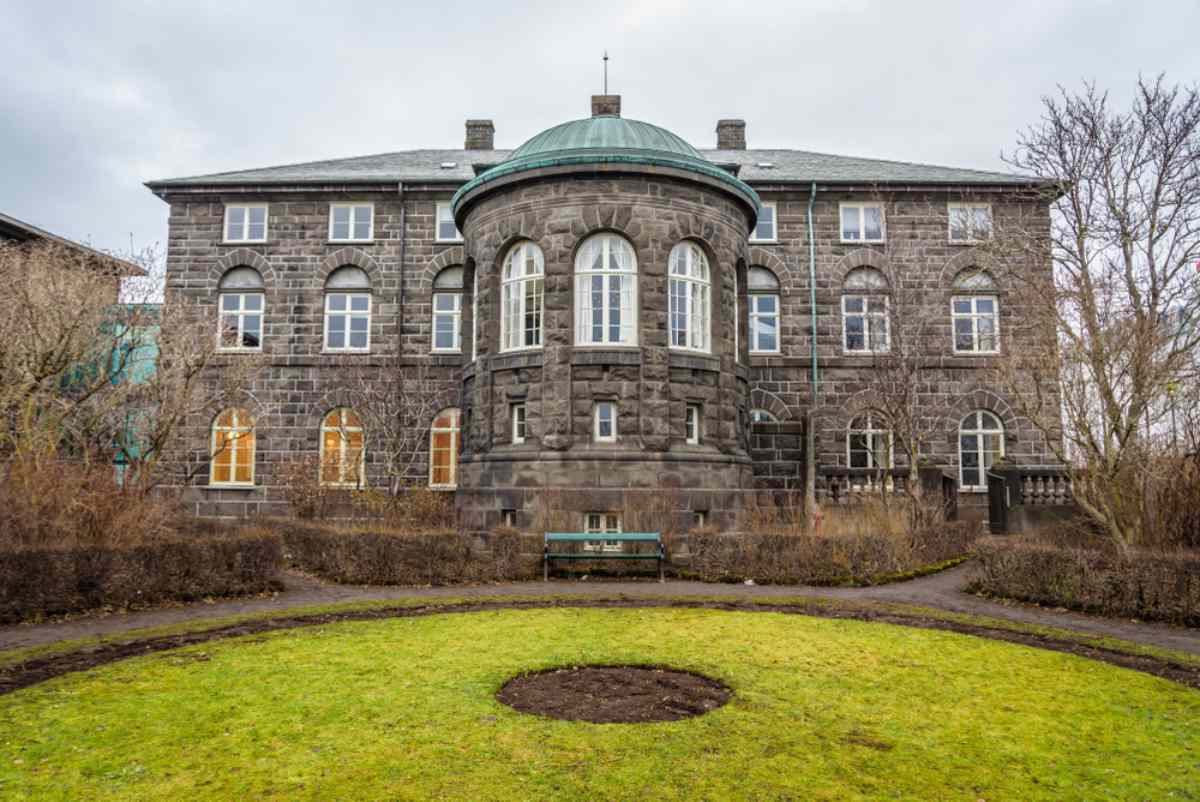
Viking Festivals and Activities in Modern Iceland
Nowadays, Iceland continues to celebrate its Viking heritage through various festivals and activities that highlight the customs and traditions of this ancient culture:
- Get Into the Viking Spirit at the Annual Festival: Imagine dressing up in traditional Viking gear, sipping on mead, and engaging in friendly swordplay—all during Iceland's buzzing tourist season and close to the national holiday. It's not just a festival; it's a time travel experience. Plus, the array of Viking crafts on display—think fur, intricate jewelry, and shimmering silver armor—adds a genuine touch to the festivities.
- Shop Like a Viking at Víðistaðatún Park: Every year, the Viking Market takes over Víðistaðatún Park with stalls bursting with handmade leather goods, authentic clothing, and unique souvenirs. It's an event brought to life by the passionate folks at the Rimmugýgur Viking Club, celebrating over two decades of community and history. Don't miss out on archery lessons and deep dives into Viking culture here.
- Celebrate Iceland's First Settler at Ingólfshátíð: Named in honor of Ingólfur Arnarson—Iceland's pioneer settler—this festival right in Reykjavik city wraps you into the culture with its array of activities. Started in 2013, it's more than just a festival; it's a heartfelt tribute to Viking heritage that continues to shape Icelandic identity.
- Snap a Photo with History at Culture Night: Following the iconic Viking festival, head over to Hljómskálagarður Park in August. Tucked beside the serene Tjörnin pond, this event showcases Viking essentials—tools, equipment, leather goods, and clothing. It's your chance for that epic Viking photo op while soaking into the lifestyle, minus the ocean voyages and battles, of course.
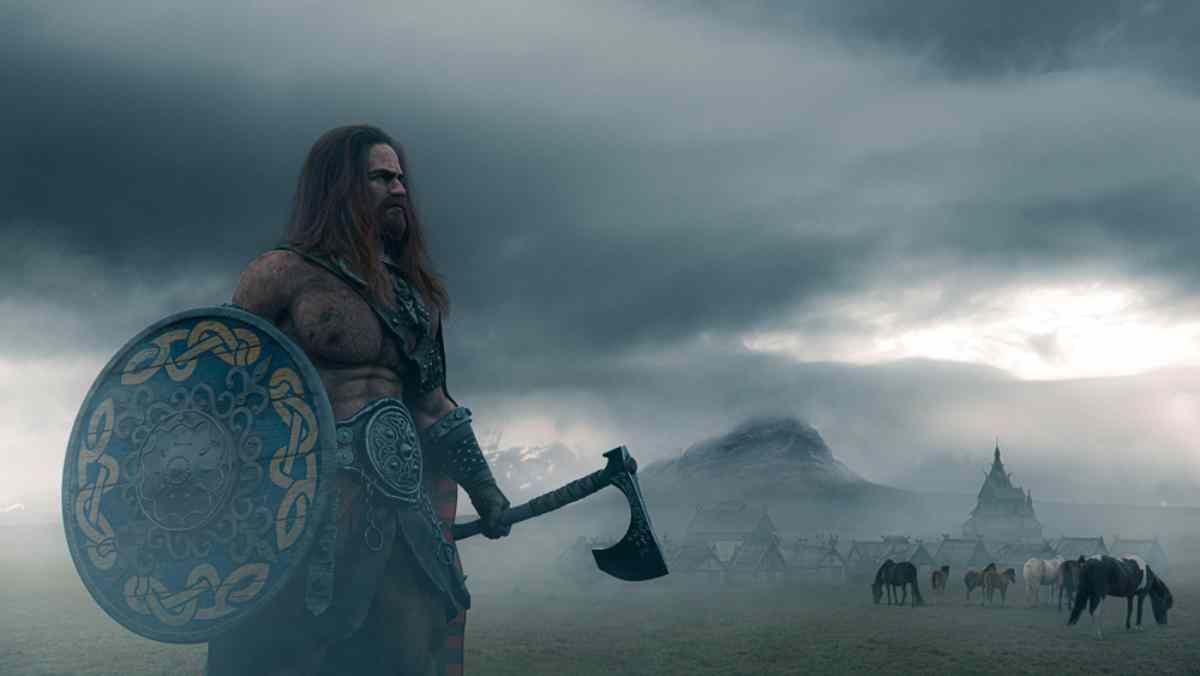
Must-Visit Viking Sites And Museums In Iceland
To truly immerse yourself in Viking history and culture, make sure to visit these must-see sites and museums during your trip to Iceland:
The Settlement Exhibition
Tucked away in the heart of Reykjavík, Iceland, lies a treasure trove of Viking history at The Settlement Exhibition. Imagine stumbling upon an ancient Viking longhouse beneath your feet. That's exactly what happened in 2001, leading to this fascinating exhibition set right on the discovery site. It's a deep dive into the Viking Age, painting a vivid picture of early Icelandic life.
What makes this exhibition stand out? It's the fusion of technology and history. With panoramic views of reconstructed longhouses, interactive multimedia tables providing excavation insights, and a futuristic panel that peels back the architectural layers of Viking longhouses, it's like stepping into a time machine powered by the latest tech.
View this post on Instagram
The Viking World Museum
Nestled in Njarðvík, Iceland, the Viking World Museum is a hidden gem that opened its doors back in 2009. It's like a playground for history buffs and curious minds alike, offering a peek into the lives of the Iceland Vikings through its five diverse exhibits.
There's something for everyone – from an actual settlement zoo to a fun playground that keeps the little ones giggling. But it's not just about the fun; the museum packs an educational punch with its outdoor classroom setting, making history lessons more engaging than ever.
For those who yearn for a deeper understanding of Norse mythology, the final exhibit serves as a deep cultural dive, melding visual arts and music to explore the worship of Norse gods. But wait, there's more! The crown jewel of the museum is a replica Viking ship, a testament to Leif Eriksson's historic voyages to Greenland and North America, cruising back to a time a millennium ago.
View this post on Instagram
Þingvellir National Park
When you step into Þingvellir National Park, you're not just exploring a stunning landscape; you're walking through the living history of the Iceland Vikings. It's fascinating, really. This place isn't just another point on the map; it served as the original site of the Althing, the world's oldest parliament, founded in 930 AD.
That's a substantial bit of trivia for you! The Icelandic Vikings gathered here, amid the dramatic fissures and rugged beauty, to make laws and settle disputes—a testament to their sophisticated approach to governance. Today, it's a UNESCO World Heritage Site, attracting history buffs and nature lovers alike.
Why the Iceland Vikings Continue to Fascinate Us
The Iceland Vikings aren't just figures of ancient lore; they're the bedrock of Icelandic culture, shaping its history, identity, and daily life. This unique blend of myth and reality paints the Vikings not just as conquerors but as innovative settlers, lawmakers, and explorers whose practices and beliefs vitalize Iceland's cultural fabric.
Yet, distinguishing between the mythic legends and the historical truth invites us to explore deeper, to understand the Iceland Vikings in all their complexity. What untold stories and hidden truths about these ancient navigators await your discovery? Embark on a quest to unravel more about Iceland's rich Viking heritage and its indelible mark on today's world.



 By
By 





